This week we interviewed Dr Bill Burgos an experienced NBA Strength & Conditioning coach. He has worked for many NBA teams (Orlando Magic, NY Knicks, Timberwolves..). He also worked in the MLB with the Pittsburgh pirates. He is also an adjunct professor at 2 universities in the US: Mississippi state and Austin Peay State university.
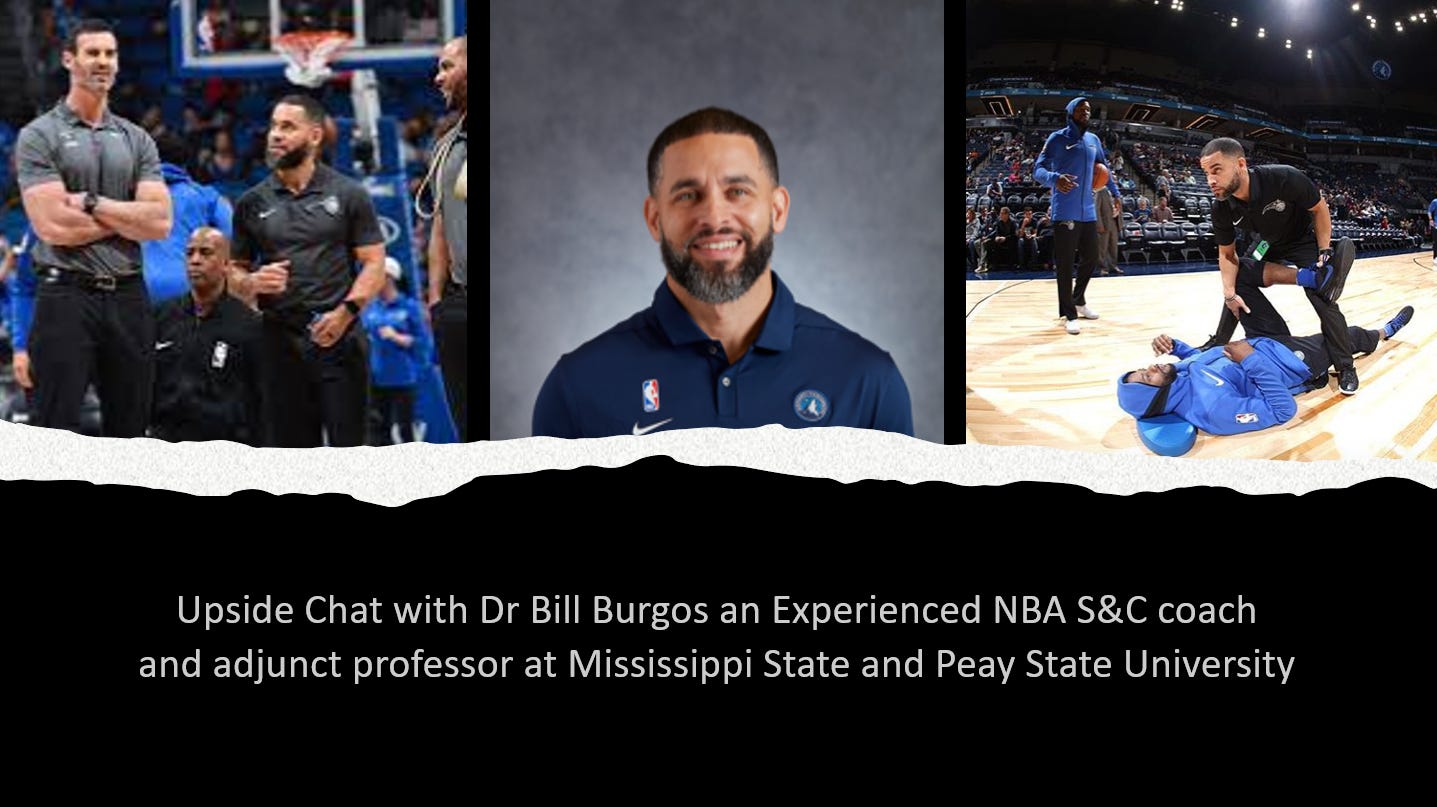
?Show Notes: Through this interview with Bill, we touched on his background in elite sports (NBA, MLB) and in the military. Then we discussed his experience teaching in college. We also touched on his approach towards innovation, and his favorite technologies. We also talked about the best coaches he worked for and the best athletes he worked with. Lastly we discussed the current issues with the current technologies being used by pro teams today (e.g. low adoption rate, does not fit into the teams’ workflow, etc..).
Best Quotes: Here’s some of the key discussion points and best quotes from our conversation with Bill:
- On his background in the military:
- “ I think what really set the tone was my experience in the military. I was in the Army and Air Force. I’m also a combat veteran, so it gave me some discipline and insights on how to lead and how to work with people, and work with a diverse group of people. And so by the time I got into professional sports, I was able to use those skills while I was in the military”.
- On how he got into the world of elite sports (MLB, NBA):
- “I started off in baseball. I’m bilingual, so I was able to get a job in baseball, especially in the minor leagues (…) I had all the qualifications and the credentials. I got to work with a good group of people and they’re doing very well in their profession now. Those people include Mubarak Malik, Brandon McDaniels, Chris Dunaway, Keoshi, all those guys.
- “And so from there I ended up meeting a guy named Joe Rogowski. Joe at the time was the head training coach for the Orlando Magic (NBA). He brought me as an intern and then it just grew from there”.
- On how he got into teaching in college:
- “Basically I was a student at Austin Peay State University. I became a graduate assistant. At that time, there wasn’t really any strength conditioning GAs, so I became a GA for the Health and Human Performance (HHP) department. And one of my duties was to teach a class, so I was teaching these wellness weight training classes, and wellness concepts”.
- “Then I started to grow in pro sports and I drew away from teaching. But then the university reached out to me and asked me if I was interested in creating a course, which was on evidence-based practice of sports science. And they allowed me to develop the course the way I wanted to structure it, because I was always talking to universities and I wished there were courses like this so they gave me the opportunity to develop it (…) it was an online course”.
- “In the meantime, I had a relationship with Mississippi State University where I was working and helping them with some projects because of my teaching background. Dr. Burch asked me if I was interested in teaching classes and I started developing courses there. I am teaching the workplace physiology and biomechanics there. So it sounds like an overnight process, but in reality it took time to develop. And I’m still learning as a professor”.
- On how he started using technologies (e.g. wearables) in elite sports:
- “When I got into the NBA, I got to work with Dave Hancock and Andy Barr. And so with Dave it was my first time working with wearables. I’ve read about wearables but I never really worked with wearables. And I think at that time we were the only team in the NBA using it, and there was really no rules (…) It was cool to identify the load that was being placed on the body because before we never knew”.
- On why the NBA still does not allow the use of wearables during live NBA games:
- “ I think this depends on how the information is being collected, because if it’s used for medical reasons, then it’s protected by HIPAA. So I just feels like there’s a gray area there when it comes to that”.
- “Because if you’re using wearables, and let’s say the guy’s getting minute restrictions and you are using the wearables, is it now considered a medical device?”.
- “And I think the other reason why it’s not being worn is because, for example, I had some sensors on guys, and it flew off. So once we could make sure that it was secured, It was ok. The other thing is figuring out who gets the data. Is it medical? Is it performance based?”.
- “If it’s performance based, I could see that being used, but then now if it’s medical, I just don’t see it being used. I think it’ll be a gray area once it’s considered a medical device because right now they’ve got minute restrictions and they’re still under the care of the physicians and practitioners at that point. So I think you have to be very careful if you touch on medical data, because it’s very sensitive”.
- On the impact of wearables on coaches and things like load management:
- I just think that it’s not fair for the coaches to have a player that’s limited when we could probably be doing a better job. We can probably cash things early on where you don’t have to restrict any minutes”.
- “Maybe we could do something outside of the game that we could control on our side. So that way we could actually get him prepared for the coach. It goes back to what I was saying about the base running times, right? When I start seeing a decrease, what can we do differently before an injury occurs? But nothing’s changed. The guy’s still playing. The only thing that’s changing is maybe a warmup, maybe he probably has to do an additional strength pro, maybe a massage. But we could answer those questions easily now, knowing what’s actually truly affecting him while he’s playing”.
- On his favorite technologies:
- “There are two companies that I’m working with. One is LogicInk. LogicInk created this basically temporary tattoo that let you know if you have too much sun exposure, which led to me connecting with the company because they also created this thing where they could let you know if you’re dehydrated before you know you’re dehydrated. And all through saliva, which led them to understand that they could determine which athletes could have traumatic brain injuries based off saliva within an hour”.
- “My other favorite company is WurQ. WurQ is basically the Fitbit of strength. They’re able to calculate strength, power output and things like that. It’s actually measuring your range of motion and the amount of force and power that’s being applied during that exercise. And then it uses AI, so it’s collecting data and information on how you are continually working out an it lets you know where you need to improve”.
- “And it also has some sensors, so basically it is able to detect a little bit more in terms of your range of motion. I also like their virtual coach. I think it’s one of the coolest things out there (…) It’s still early but it’s already catching wind in the CrossFit space”.
- On a new study that showed that 30% of NCAA teams surveyed that bought wearables, were not actually using wearables on a daily or weekly basis:
- “One of reasons for the low adoption rate of wearables with pro teams is the fact that it does not fit into the teams’ workflow. I also know that most coaches don’t believe in it. I’m not talking about the head coach of the team. There are coaches that do care about the data”.
- “But I also think about questions like: What are you doing as a practitioner to share this? Are you just buying it and then just using it?”.
- On the need to involve the head coach and educate the staff when adopting new wearable technologies:
- “Are you including the coach in the process? Hey coach, I’m about to get this product. This is why I want to do it. And so that way you could get that early adoption from the head coach, right? Basically the blessing from the coach”.
- “But I also think that education is key as well. For example are you educating them properly on the information? Me personally, what I think is that for those that are not using it, and they want to use it and they want to get their coach involved, I think you should include them initially and say, Hey, coach, I plan to use this wearable”.
- “In the past I sat down with the coach and I said, Hey, I plan on doing this, and this is why I think it’ll improve the team, and help with the workflow. And I think if you could get that going early, it’ll be a success. So I think it is important to communicate better with the rest of the staff and include them”.
- On Stan Van Gundy, one of the best NBA coaches he has ever worked for:
- “That’s a tough question because all my coaches were great. But the one that’s most memorable of course is Stan Van Gundy because he was my first coach in the NBA. He set the tone, and he set the benchmark”.
- “He wasn’t tough. He was open. I mean, all the coaches were open. It’s just that I remember him the most just because he was my first coach. You just have to be able to explain to him why you need, for example, some new wearables and how this would benefit the team, and not just me as a person. I’m not just adopting wearables just to get acknowledgement. I’m doing this for the team in order to benefit them. And so Stan was open to that and he wanted to understand why we are doing this”.
- “He lets you do your job. He really doesn’t question, but when he does question, he wants to understand why. I thought he was easy to work with. He understood as long as you gave him an effective plan, and you were able to implement it. Stan liked technology”.
- On the best athletes that he has ever worked with:
- “I’ll give you my top 3. Right now I would say D’Angelo Russell (LA Lakers). I work with him a lot and he’s a great person to work with. He works hard. He believes in the weight, he believes in everything that could help him be a better basketball player. He loves the game so much, and he’s just a cool person to hang around with”.
- “Another player I could think of is Vince Carter. He was somebody that I watched as a player and as a fan. And then I got a chance to work with him. He’s so athletic. And he’s such a great basketball player, but yet he’s so humble about it”.
- “And it also leads me to Patrick Ewing. I didn’t work with him as a player but I worked with him as a coach and I got to train him. I became good friends with him and I love his stories and his thought process such as what hard work is”.
- “Being around those three guys is wild because there is Patrick who came from the 1980s whereas Vince was in the 1990s and then Delo (D’Angelo Russell) was in the 2000s. So I got to be real close with these type of players in different eras”.
- “They all have the same mindset, even though they’re from different eras. They all wanted to be basketball players. And they were never scared to hit the weight room”.
- On the need to adapt to your audience:
- “ The only difference is when I talk about technology, I have to really adapt to my audience. Someone like Patrick, in his era, really didn’t use technologies, but it doesn’t mean he doesn’t believe in it”.
- “Then you have Vince, who was in that early stage of being introduced to it, but he believed in it. He is a businessman and then you have Delo, who basically came into the league when technologies were already saturated in this league”.
- “And so I think that when it comes to education, you have to think about who you are talking to. The way I may talk to a coach is going to be different than the way I talk to a player. Players already have their iPhones with them. So I think understanding who your audience is key. They need to be a strong supporter of what you’re trying to accomplish. It also dictates how you present it to them. So you have to adapt to your audience”.

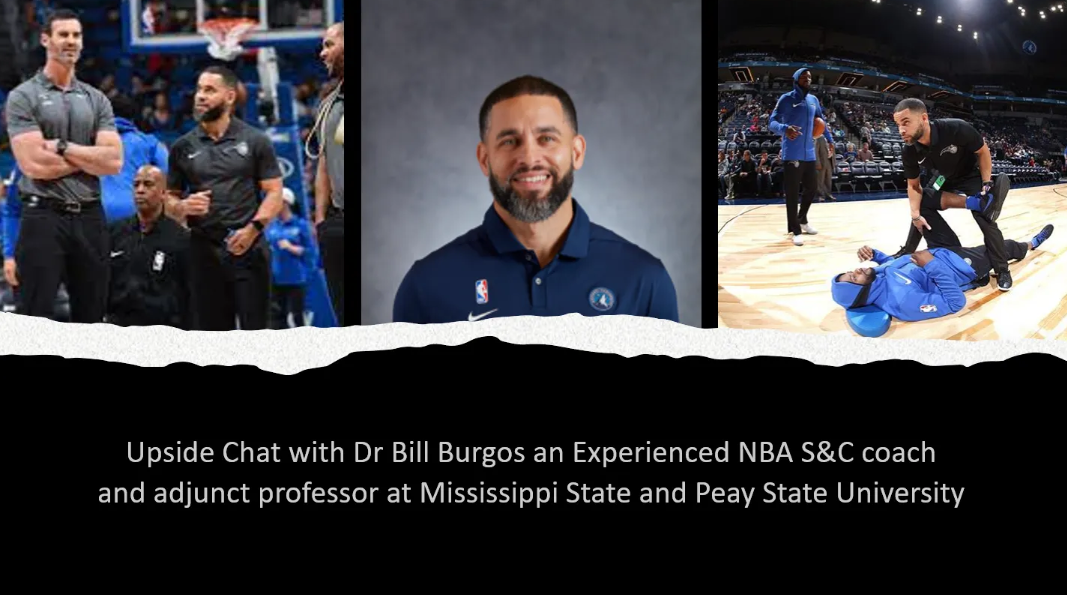
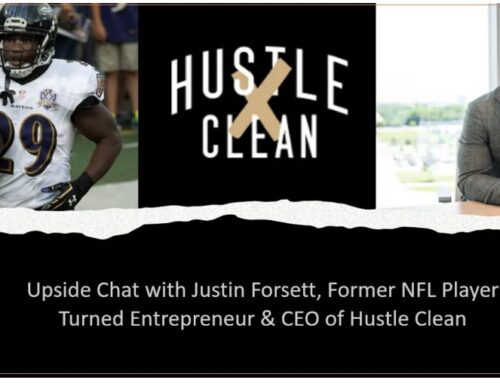
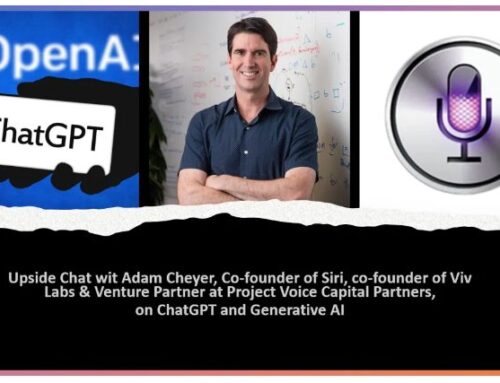
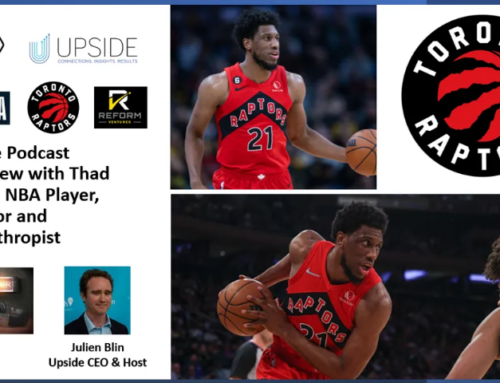

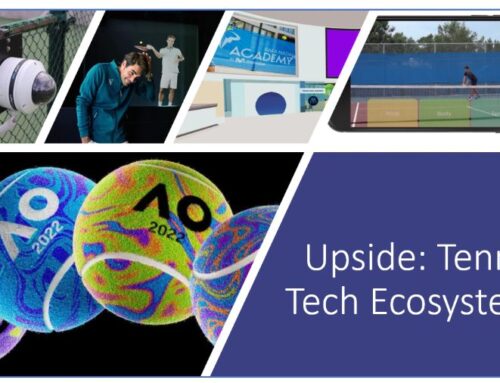
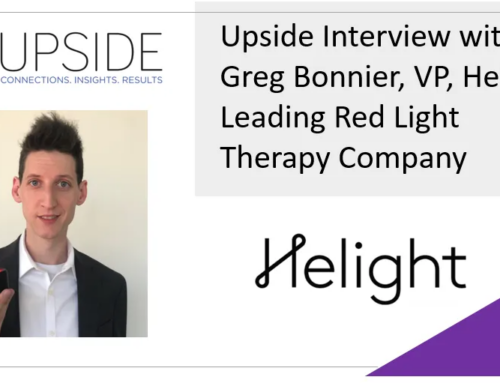
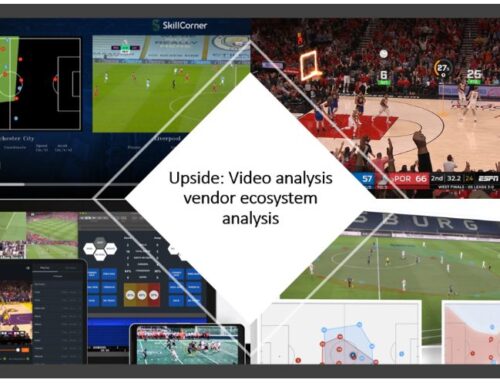
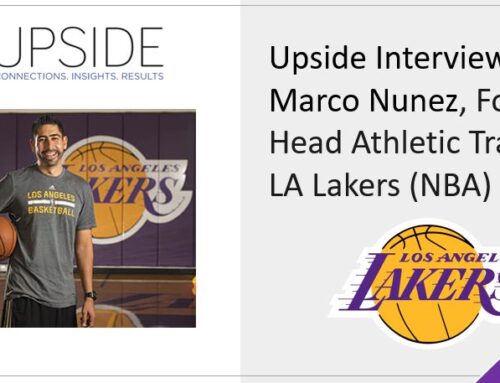
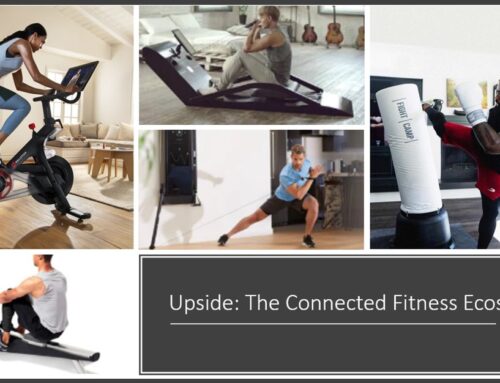

Leave A Comment
You must be logged in to post a comment.